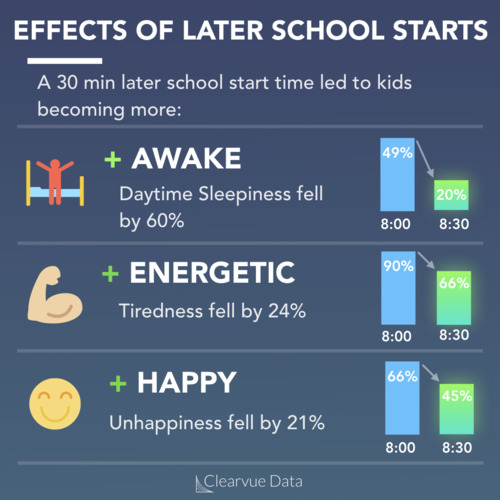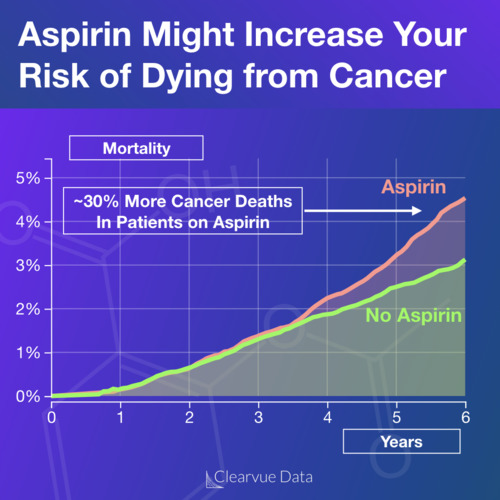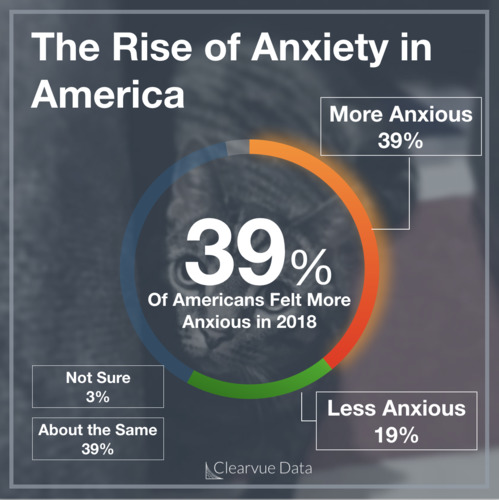E-Cigarettes are an increasingly popular form of tobacco, that comes in a purified nicotine solution inhaled from electronic devices.
Unlike traditional cigarettes, where you inhale smoke from burning tobacco leaves, e-cigarettes create a lower temperature "vapor" containing nicotine, hence the term "vaping."
These offer the same nicotine “buzz” as traditional cigarettes, without the high risk of lung cancer and the stigma of traditional cigarettes.
While experts generally agree that vaping is preferable to smoking, there are likely still risks to vaping that we don’t fully understand yet:

The Federal Government is particularly concerned about the rapid growth among teenagers:
“These new data show that America faces an epidemic of youth e-cigarette use, which threatens to engulf a new generation in nicotine addiction”
HHS Secretary Alex Azar
According the CDC data they cited, e-cigarette use in middle school and high school students increased from 220,000 students in 2010 to 3.05 million students in 2018.

The growth also appears to be accelerating, with the number of student "vapers" almost doubling over the past year.
With this rapid growth, vaping has become much more common in high schools, with 1/5 high school students reporting that they "vape." Some students started very young, 1/20 middle school students reporting that they "vape:"

The biggest health concerns cited by the FDA are the risk of addiction and the potential risk to the developing brain:
“The increased popularity of e-cigarettes among youth raises a number of other health concerns: risk of addiction to nicotine early on in life; potential harm from nicotine exposure to the developing adolescent brain; and exposure to chemicals associated with adverse health effects.”
FDA Press Release
As many may guess after remembering their own teenage antics, the human brain is not fully developed in adolescence (though teenagers may think otherwise) in fact, your brain is still growing well into your 20s:

While this hasn’t been proven in humans yet, scientists are concerned that nicotine may affect brain development leading to permanent changes.
In rats, studies have shown significant brain chemistry changes with nicotine, particular in adolescence. Nicotine is believed to affect the “programming” of your brain cells by modulating key neurotransmitters.








